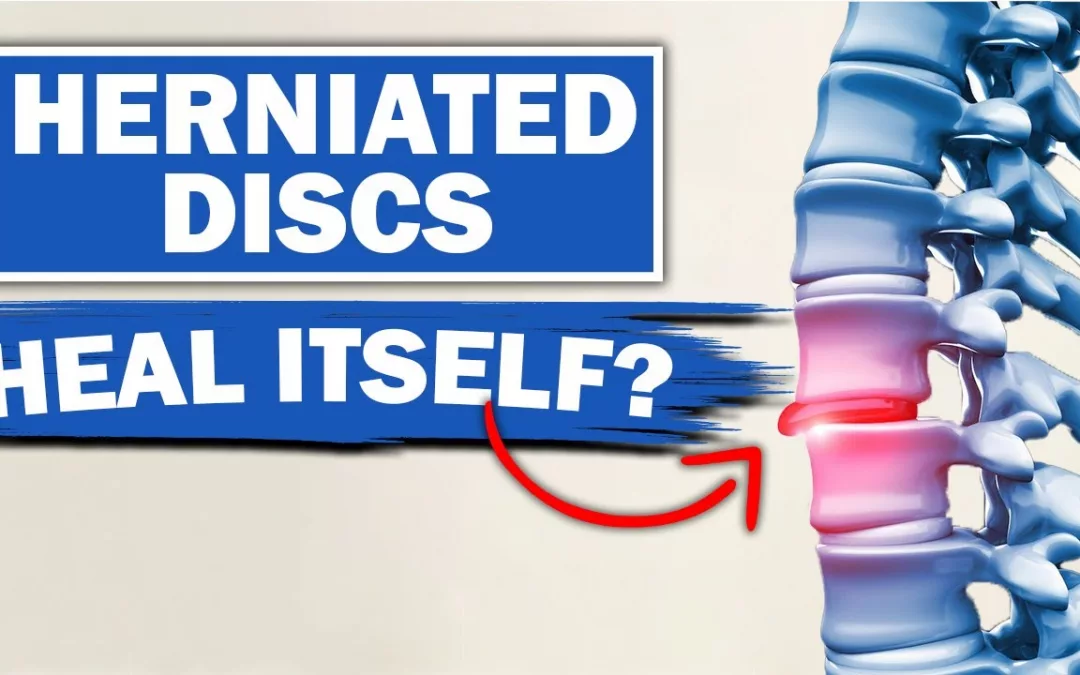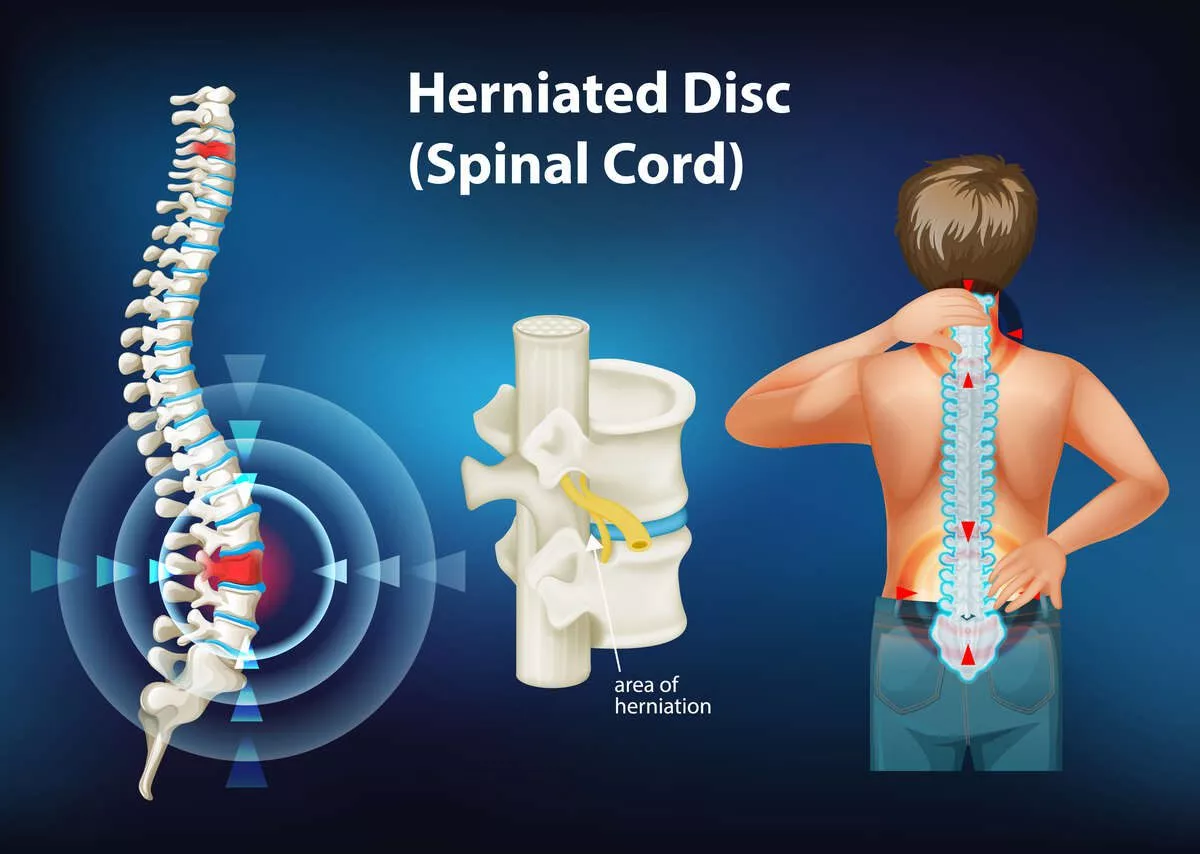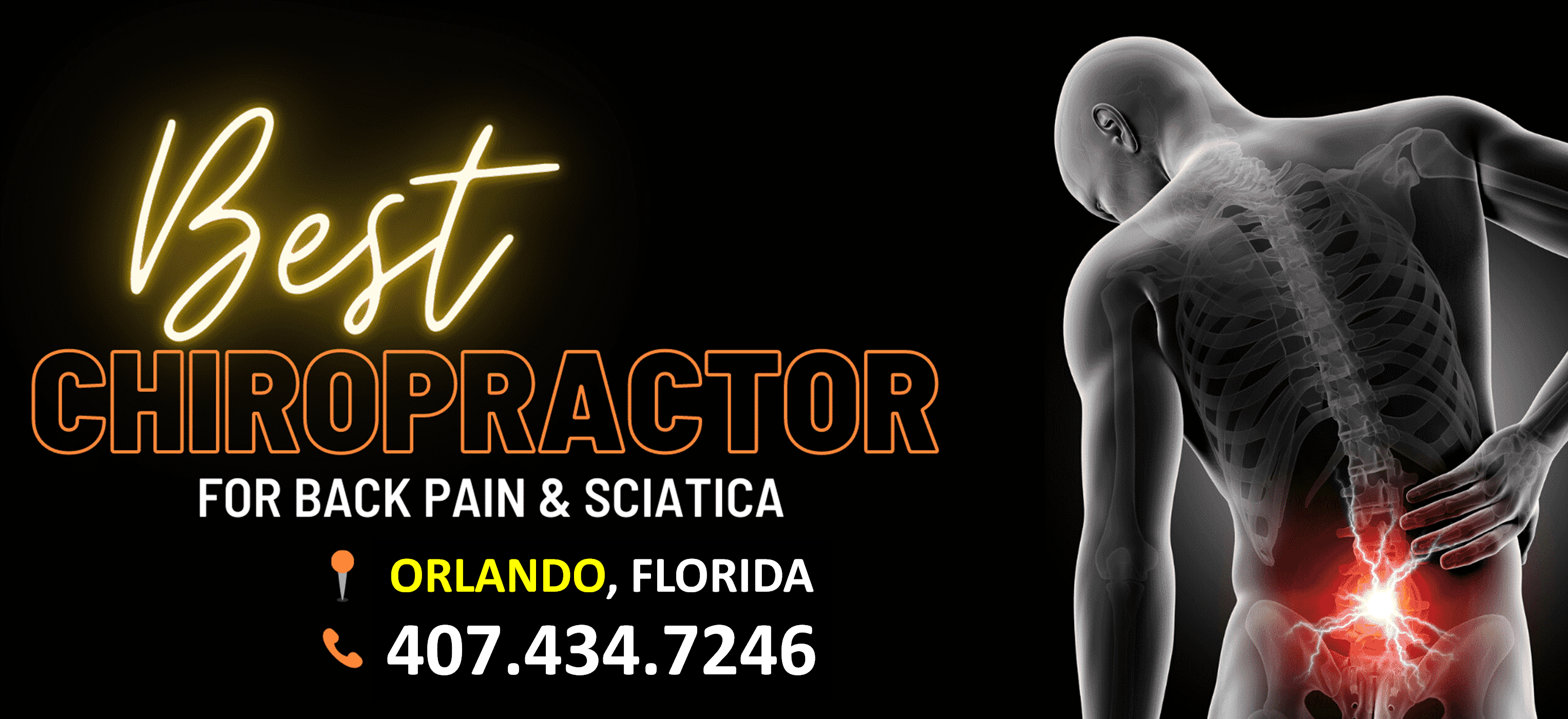Balancing Act: Patience and Progress in Healing a Herniated Disc
Herniated disc, a common spinal condition causing discomfort and pain, lead many individuals to wonder about the duration of their recovery. The healing process for a herniated disc is multifaceted, influenced by factors ranging from the severity of the herniation to the chosen treatment strategies. In this blog post, we will embark on a detailed exploration of how long it takes for a herniated disc to heal, shedding light on the stages of recovery, the variables affecting the timeline, and the diverse approaches to managing and facilitating healing.
The healing time for a herniated disc can vary significantly from person to person and depends on several factors, including the severity of the herniation, the individual’s overall health, the specific treatment approach, and how well the person adheres to recommended therapies. In general, the majority of herniated discs tend to improve over time with conservative treatments.
Factors influencing Healing Process of Herniated Disc
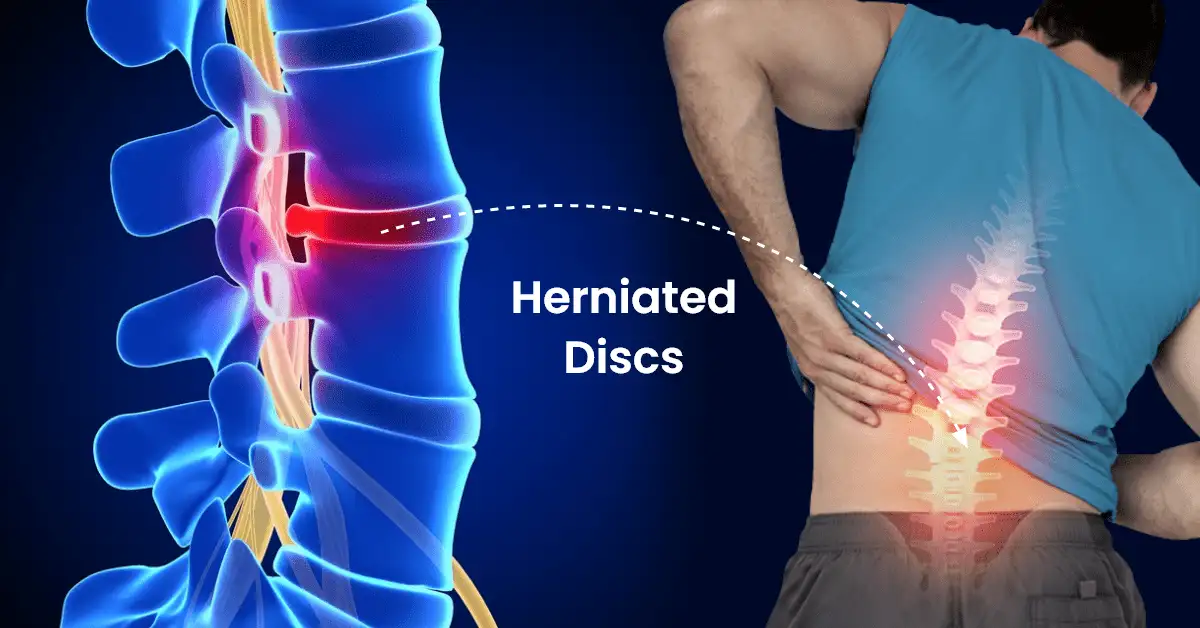
The healing process of a herniated disc is influenced by various factors, and understanding these factors is crucial for individuals seeking relief from symptoms and effective recovery. Here are key factors that play a role in shaping the healing journey for a herniated disc:
Severity of the Herniation
The extent of disc herniation can significantly impact the healing process. Mild herniations may resolve more quickly with conservative treatments, while more severe herniations may require a longer recovery period.
Location of the Herniation
The specific location of the herniation along the spine can influence symptoms and the effectiveness of treatment. For example, herniations in the lumbar spine (lower back) may affect the legs, while those in the cervical spine (neck) can impact the arms.
Underlying Disc Health
The overall health of the affected disc and adjacent discs is a factor. Pre-existing degeneration or weakened discs may influence the body’s ability to repair and heal.
Individual Health and Age
The overall health of the individual, including factors such as general fitness, nutrition, and the presence of other health conditions, can impact the healing process. Age can also be a factor, as older individuals may experience a slower healing response.
Treatment Approach
The chosen treatment approach significantly influences the healing process. Conservative measures, such as rest, physical therapy, and medication, are often the initial strategies. Some individuals may require surgical intervention, and the recovery timeline can vary based on the type of surgery performed.
Consistency and Adherence to Treatment Plans
Consistent adherence to prescribed treatment plans, including physical therapy exercises, lifestyle modifications, and medication, is crucial. Individuals who actively participate in their recovery process often experience better outcomes.
Lifestyle and Habits
Lifestyle factors, including daily activities, posture, and habits, can impact the healing process. Engaging in activities that exacerbate symptoms or adopting poor posture can hinder recovery.
Genetic Factors
Genetic predispositions may play a role in disc health. Some individuals may be more prone to disc degeneration or herniation due to genetic factors.
Psychological Factors
Psychological well-being and stress levels can influence the perception of pain and the overall healing process. High levels of stress or anxiety may exacerbate symptoms and slow down recovery.
Multidisciplinary Approach
The involvement of a multidisciplinary healthcare team, including physiotherapists, orthopedic specialists, and pain management professionals, can contribute to a holistic approach to healing.
Post-Surgery Rehabilitation
For individuals who undergo surgical intervention, the effectiveness of post-surgery rehabilitation and adherence to recovery protocols are critical factors in determining the success of the procedure.
Nutrition and Hydration
- Proper nutrition and hydration play a role in overall health and can contribute to the body’s ability to heal. Nutrient-rich foods support tissue repair and maintenance.
Smoking and Substance Use
- Smoking and certain substances can negatively impact the healing process. Smoking, in particular, has been associated with slower healing and increased risk of complications.
Understanding and addressing these factors collectively contribute to a more comprehensive and effective approach to managing and healing from a herniated disc. It’s essential for individuals to work closely with healthcare professionals to develop personalized treatment plans that consider these influencing factors and promote optimal recovery. It’s important to note that while symptoms like pain and discomfort may improve relatively quickly, the complete resolution of a herniated disc may take more time. Some individuals may continue to experience occasional symptoms even after the initial healing period.
Ultimately, the seriousness of a herniated disc underscores the importance of proactive health management, early intervention, and a comprehensive approach to address both the physical and emotional aspects of living with this condition. By understanding the nature of herniated discs and embracing appropriate treatments, individuals can navigate the complexities of this spinal issue and work towards restoring both their spinal health and overall well-being.
Healing Timeline for a Herniated Disc
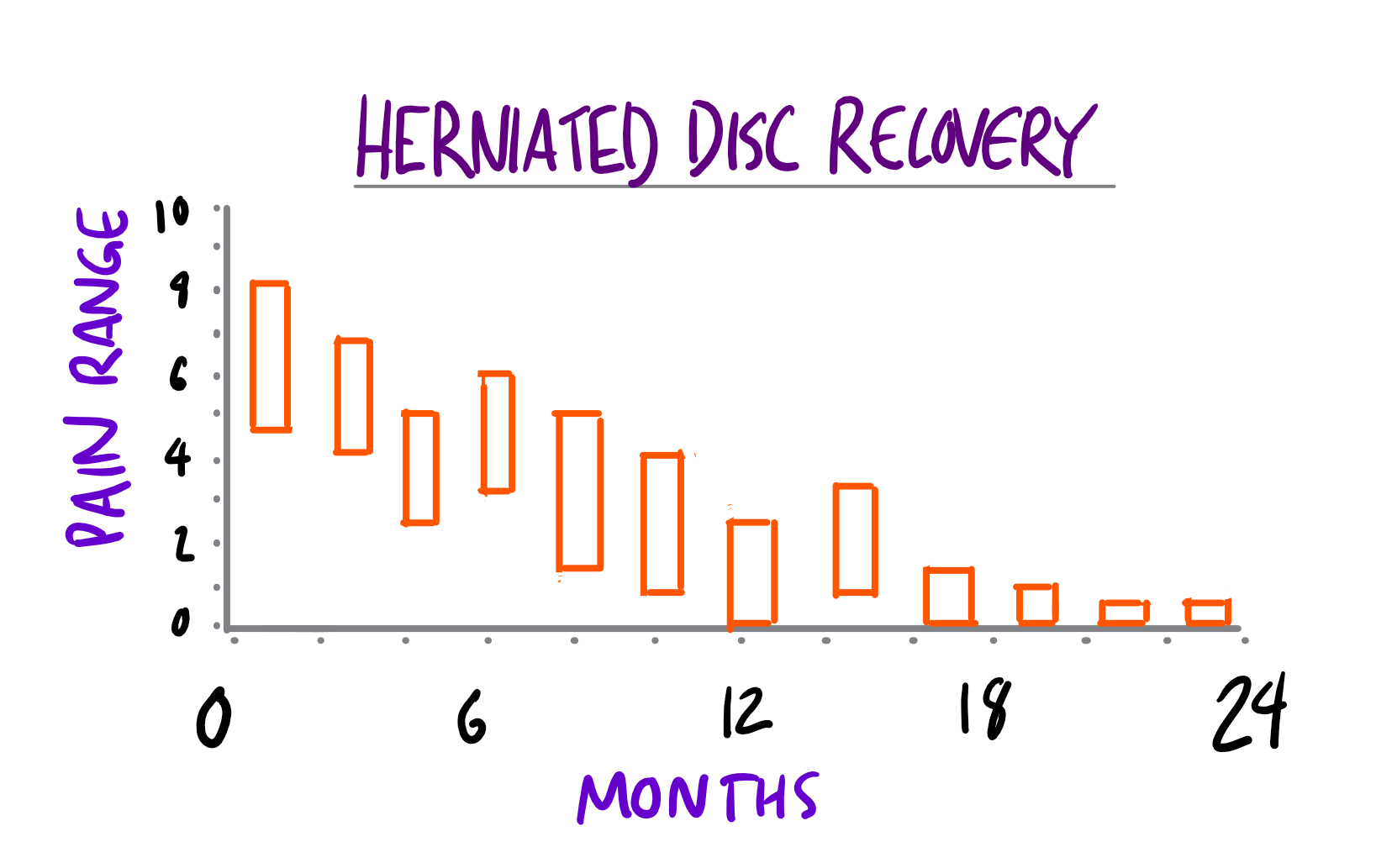
The healing timeline for a herniated disc is variable and depends on several factors, including the severity of the herniation, the chosen treatment approach, individual response to treatment, and overall health. While each person’s experience may differ, the following provides a general overview of the potential stages and timelines in the healing process for a herniated disc:
Acute Phase (First Few Weeks)
- Treatment Focus: Initial pain management and inflammation reduction.
- Activities: Rest and avoidance of activities that exacerbate symptoms.
- Interventions: Medications, such as nonsteroidal anti-inflammatory drugs (NSAIDs), muscle relaxants, and possibly short-term use of oral steroids.
Subacute Phase (Weeks to Months)
- Treatment Focus: Gradual return to normal activities, with continued pain management and inflammation control.
- Interventions: Physical therapy to improve flexibility, strength, and stability. Epidural steroid injections may be considered for targeted relief.
- Activities: Progressive engagement in light activities, with careful monitoring of symptoms.
Chronic Phase (Months to Years)
- Treatment Focus: Ongoing management and prevention of recurrence.
- Interventions: Continued physical therapy to maintain spinal health, address muscular imbalances, and prevent future issues.
- Activities: Gradual return to normal activities, including exercise and daily tasks, with a focus on proper body mechanics.
It’s important to note that many individuals experience significant relief and improvement within the first few weeks to months of conservative treatment. The majority of herniated discs can be effectively managed without surgery, and conservative measures are successful for a significant number of people.
For those who require surgical intervention, the timeline may vary:
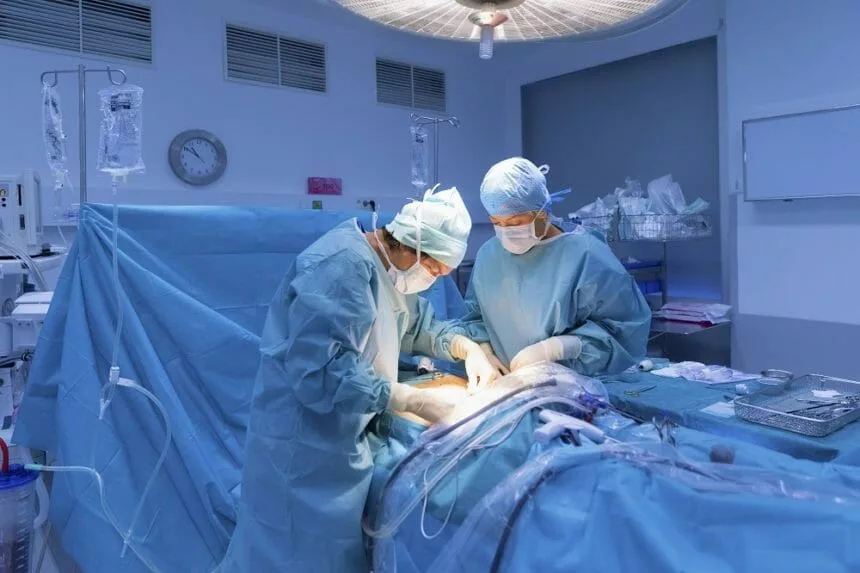
Post-Surgery Acute Phase (First Few Weeks)
- Hospital Stay: Depending on the type of surgery, a hospital stay may be required.
- Recovery: Initial rest and limited activities immediately following surgery.
- Pain Management: Medications to manage post-surgical pain.
Subacute to Chronic Phase (Weeks to Months)
- Rehabilitation: Introduction of physical therapy and rehabilitation exercises to gradually restore strength and flexibility.
- Follow-Up Appointments: Regular follow-up appointments with the surgeon to monitor progress.
- Return to Activities: Gradual return to daily activities and work, with modifications as needed.
Long-Term Outlook (Months to Years)
- Continued Rehabilitation: Ongoing rehabilitation exercises to maintain spinal health and prevent recurrence.
- Periodic Check-ups: Regular check-ups with healthcare providers to monitor long-term outcomes.
- Lifestyle Modifications: Adoption of healthy lifestyle habits, including exercise, proper nutrition, and posture maintenance.
It’s essential to understand that individual responses to treatment can vary, and some individuals may experience intermittent symptoms even after the initial healing period. Additionally, engaging in preventive measures and adopting a proactive approach to spinal health can contribute to long-term well-being. Throughout the healing process, close communication with healthcare professionals, adherence to prescribed treatment plans, and a commitment to maintaining a healthy lifestyle are key components of successful recovery from a herniated disc.
It’s crucial to work closely with healthcare professionals to monitor progress and adjust treatment plans accordingly. While many individuals experience significant improvement and return to normal activities with conservative measures, some may require ongoing management to maintain spinal health and prevent future issues. The healing time for a herniated disc is variable and depends on several factors. Most people can expect improvement within a few weeks to months with conservative treatments, but the complete resolution may take longer. Individualized care, patient compliance, and a holistic approach to spinal health contribute to a successful recovery.


